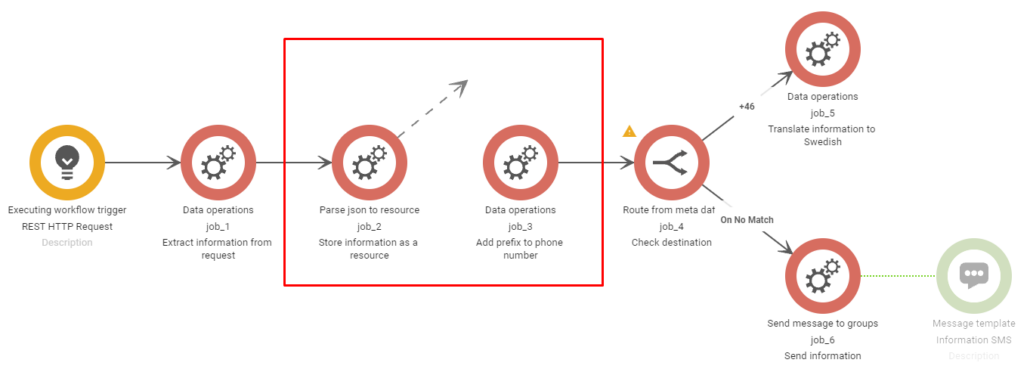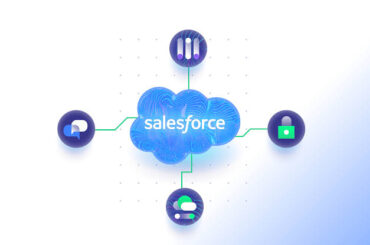Next-generation programming is steadily becoming our generation of programming. IT development with low-code has shown unparalleled advantages regarding time-to-value, scalability, and easy implementations. It no longer requires a slow and often costly design process of developing a solution. The advanced technology and functionality are veiled behind a simple and user-friendly interface where the user tailors their own automation process. Being cloud-connected, the project is easily scalable and it becomes very natural to stay agile and update the process directly in the UI, instead of altering a source code. This blog will explain how you can automate your processes with the next-gen system Bosbec WE.

The UI of Bosbec Workflow Builder is closely related to a whiteboard analogy, where you actually build your solutions with arrows, objects, and routes. Your mindmap is the solution! Add already implemented functionality with drag-and-drop to your workflow area. In the workspace, search for any job that would suit your solution in the Bosbec Workflow Builder User Interface.

Workflow processes can be started manually but more often than not it happens automatically when it reacts to an event. This event can be scheduled or be an incoming SMS, email, or HTTP request. Bosbec WE is also compatible with edge computing, so you can connect an IoT device and Bosbec can listen to messages via MQTT. Triggers, the objects starting your workflows, will filter all incoming traffic and start the processes. In this way, you can Create your own API functions or a translator that Converts API requests to suit your system.

Once the data is in your workflow, you can work with it as you see fit. Pre-defined workflow objects called jobs, calculate, manipulate or create data and information for your solution. To do this, Bosbec Workflow Builder uses metadata and resources. Metadata and resources are part of your toolkit and used for all data manipulation and management. A common programming analogy for variables is a drawer, with several slots and boxes where you store items you need later on. This analogy works just as great for data management in the Workflow Builder.
Metadata are your variables, while resources are placeholders for larger entities such as Bosbec Units, lists, or files to iterate. Take a look at the image above to see how we extract a phone number from a resource, manipulate the number with a regular expression (RegEx), and store it in a metadata variable metadata.phone. Needless to say, this provides a considerable number of options when building solutions for your organization.

Bosbec WE allows you to send data from your process, such as emails, SMS, or HTTP requests. Either use the data you processed earlier, or define your own message templates. Make HTTP requests to other systems from Bosbec, take a look at how we did that to Generate sales leads with HubSpot.
All your processes are logged on your account in the form of workflow context, which makes it easy access to track and debug your automation. Step through your project to get all the information you need to develop.

Have a look at our previous blog post on how you Get started with the Bosbec Workflow Builder.
While developing with our platform you will always have our support team ready to help. We are eager to assist if you have any questions or ideas that can improve your business! Take a look at our Help page, or reach out to us in person with our Contact form.
Get started by signing up for a free account today!
Sign up


